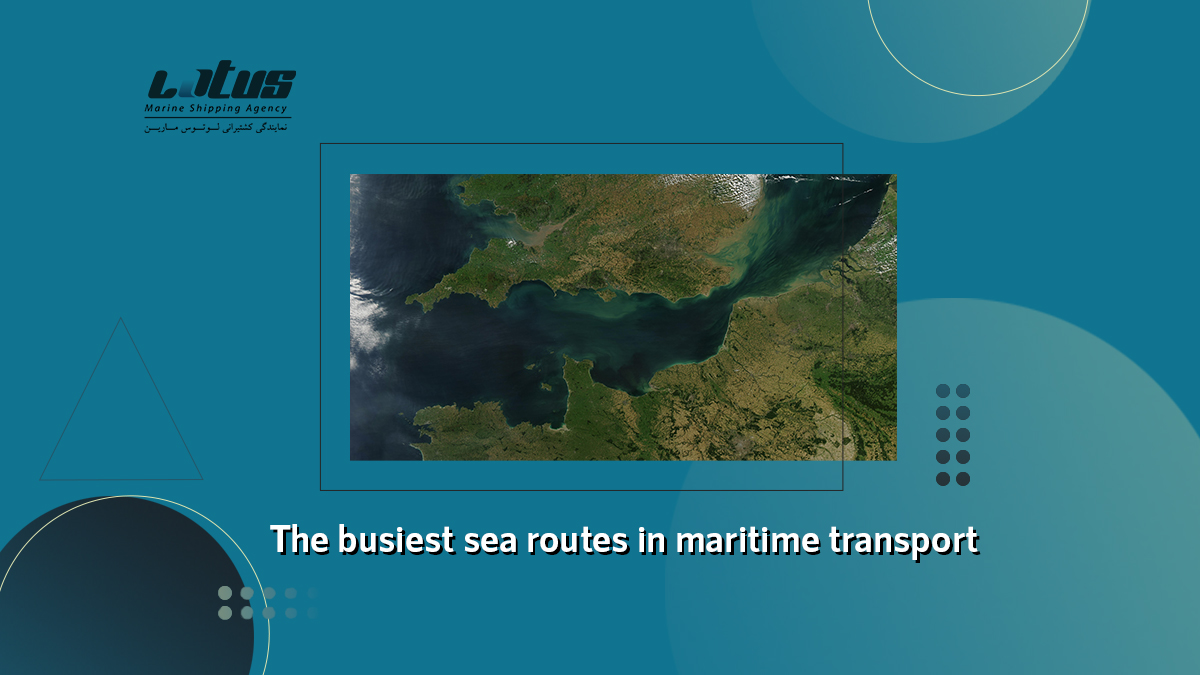Introduction
Have you ever wondered about the lifelines of global commerce that crisscross our vast oceans? Maritime transport is the backbone of international trade, and some sea routes are busier than others, functioning as vital arteries for the global economy.
The Concept of Busy Sea Routes
When we talk about busy sea routes, we’re considering two main factors: the volume of traffic and the economic significance. These routes are the superhighways of the sea, carrying a significant portion of the world’s trade.
The Strait of Malacca
This narrow stretch of water between the Malay Peninsula and Sumatra is one of the most strategic maritime passages globally. An astonishing amount of global shipping passes through here.
The Panama Canal
An engineering marvel, the Panama Canal is a critical shortcut between the Atlantic and Pacific Oceans. Its usage statistics are a testament to its importance in reducing travel time and cost for maritime traffic.
The Suez Canal
Linking the Mediterranean with the Red Sea, the Suez Canal is a key conduit for European and Asian trade. Its economic impact is profound, as seen in recent events affecting global shipping.
The English Channel
One of the world’s busiest shipping lanes, the English Channel, serves as a gateway to major European ports. The volume of traffic here is staggering, with ships navigating tightly controlled lanes.
The Bosphorus Strait
Connecting Europe and Asia, the Bosphorus is a crucial link in Eurasian trade. However, it poses unique navigational challenges due to its narrowness and busy traffic.
The Strait of Hormuz
As the main artery for oil transport from the Middle East, the Strait of Hormuz is not just busy but also politically sensitive. Security here is of paramount importance.
The Dover Strait
Close to major European ports, the Dover Strait sees a constant flow of maritime traffic. Managing this flow is a complex task requiring sophisticated coordination.
The Singapore Strait
This strait is at the heart of Asian maritime trade. As Asia’s economic power grows, the Singapore Strait’s role in global shipping is set to increase even further.
The Cape of Good Hope
Once the primary route for ships traveling to and from Asia, the Cape of Good Hope remains relevant today, especially when geopolitical tensions affect other routes.
The Danish Straits
Linking the Baltic Sea with the North Sea, these straits are not just busy but also have to balance environmental concerns with the needs of maritime traffic.
Emerging Sea Routes
New routes, like those in the Arctic, are opening up due to climate change and technological advancements, presenting new opportunities and challenges.
Challenges Facing Busy Sea Routes
From environmental impact to navigational hazards, the busiest sea routes face numerous challenges that require international cooperation and innovative solutions.
Conclusion
As we look to the future, the sustainability of these vital maritime pathways is more important than ever. Balancing economic growth with environmental stewardship is the key.
FAQs
- What is the busiest sea route in the world?
- How do busy sea routes impact global trade?
- What are the main challenges faced by ships on these routes?
- How are emerging technologies changing maritime transport?
- What measures are being taken to ensure the sustainability of these routes?

